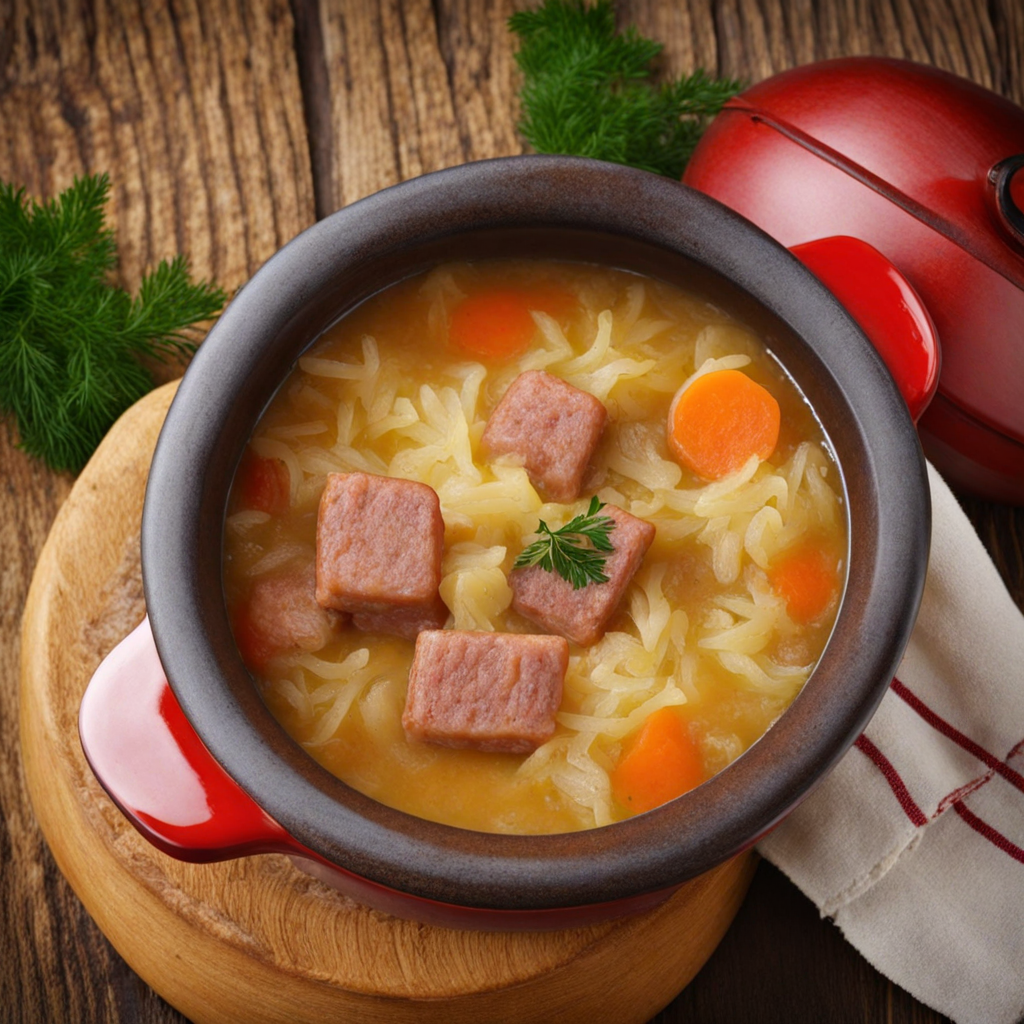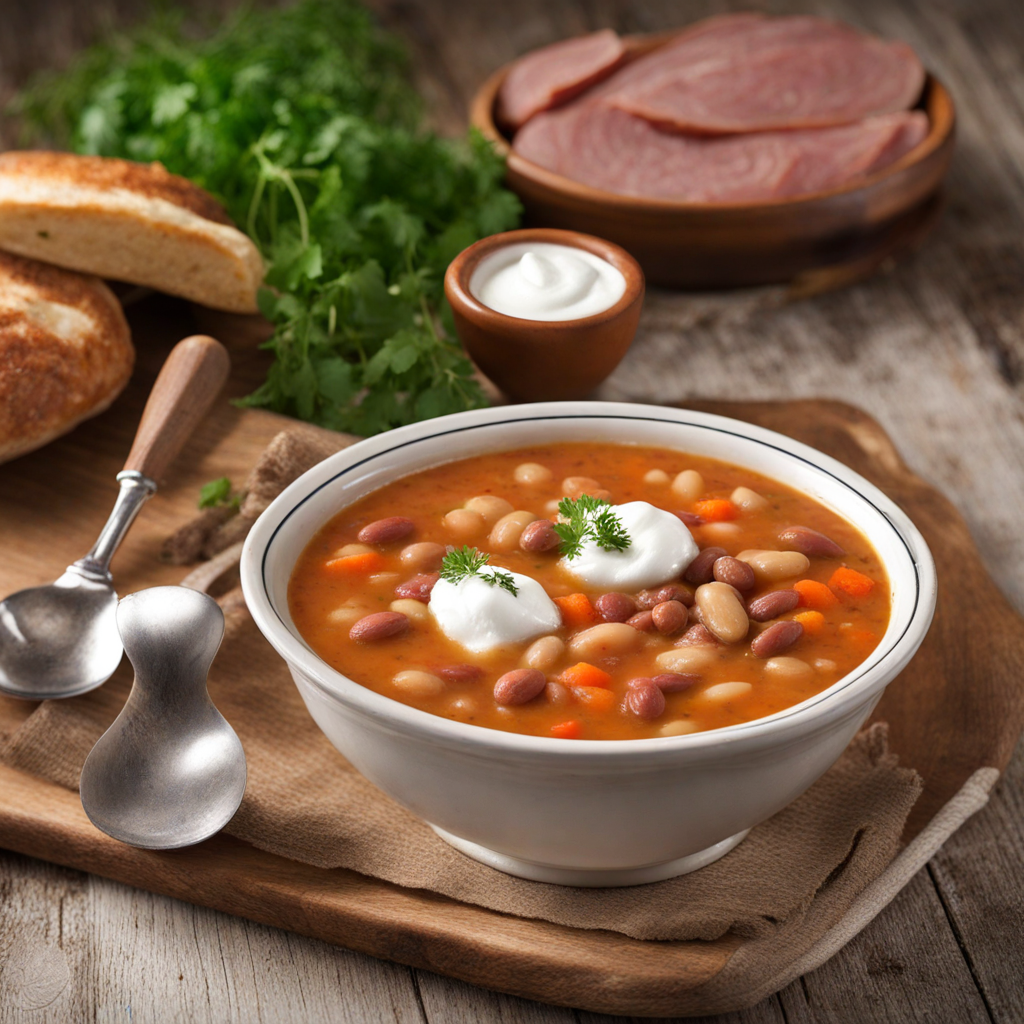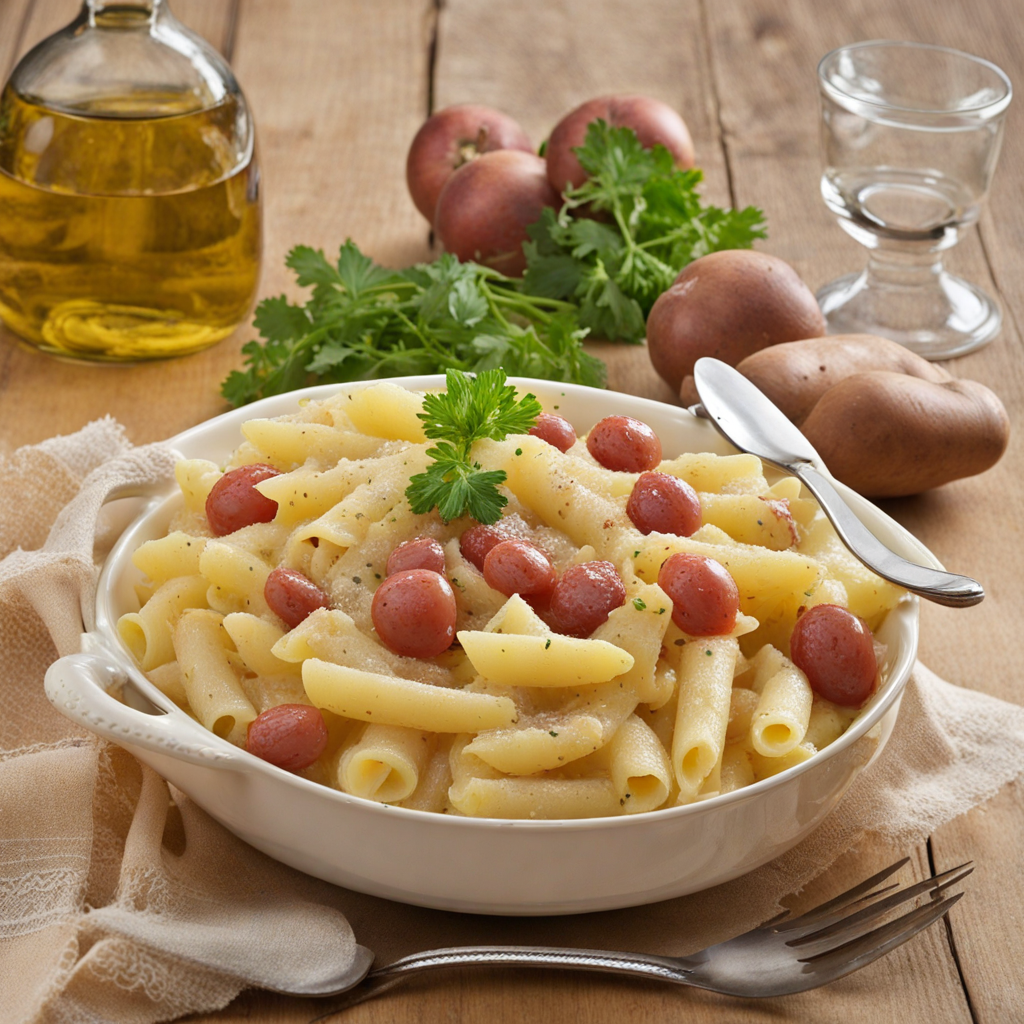Trdelník
Trdelník, a delightful pastry hailing from Slovakia, is an irresistible treat that captures the essence of indulgence. This sweet, cylindrical cake is made from a dough that is rolled and wrapped around a wooden or metal stick, then baked over an open flame or in a hot oven. The exterior develops a beautiful golden-brown crust, while the inside remains soft and fluffy, creating a delightful contrast in textures. As it cooks, the dough is often coated in a mixture of sugar and ground nuts, such as walnuts or almonds, which adds an extra layer of flavor and a satisfying crunch to each bite. The charm of Trdelník lies not only in its taste but also in its versatility. Traditionally served warm, it can be enjoyed plain or filled with a variety of sweet fillings. Popular options include a rich swirl of Nutella, fresh fruits, whipped cream, or even ice cream. This adaptability makes Trdelník a favorite among those with a sweet tooth, as it can be customized to suit individual preferences. The aroma of caramelizing sugar and the warm, inviting scent of baked dough wafts through the air, drawing you in and promising a delightful experience. As you take your first bite of Trdelník, the combination of its crispy exterior and soft, airy interior creates a harmonious balance of flavors. The sweetness of the sugar, combined with any added fillings, envelops your palate, making it a truly indulgent treat. Often enjoyed during festivals or as a street food snack, Trdelník is not just a dessert; it is a celebration of Slovak culinary tradition, inviting you to savor each moment and discover the joy of this unique pastry.
How It Became This Dish
Trdelník: A Sweet Journey Through Time Trdelník, often affectionately referred to as "chimney cake," is a beloved pastry that has captured the hearts and taste buds of many, both in Slovakia and beyond. With its unique cylindrical shape, crisp exterior, and soft, fluffy interior, this delightful treat has a rich history that intertwines with the cultural fabric of Slovakia and neighboring regions. While some may argue about its origins, the story of Trdelník is one of culinary evolution, cultural significance, and regional pride. #### Origins: A Culinary Crossroads The origins of Trdelník are somewhat nebulous, with various accounts tracing its beginnings to different parts of Central Europe. While it is most commonly associated with Slovakia, similar pastries can be found in Hungary, Poland, and the Czech Republic, leading many food historians to believe it is a product of culinary exchange among these nations. One popular theory suggests that Trdelník dates back to the 14th century, during the reign of the Hungarian King Matthias Corvinus. According to this legend, the cake was first made by the people of the region of Transylvania (now part of Romania) as a festive treat during the king's coronation. The pastry was originally prepared over an open flame, rolled on a wooden dowel, and coated in sugar and cinnamon, creating a delightful crust much like what we see today. Another perspective points to the influence of the Ottoman Empire. As the empire expanded into Central Europe, it brought with it various culinary traditions, including pastries that required a similar cooking method. The melding of these diverse influences likely contributed to the development of Trdelník as we know it. #### Cultural Significance: A Symbol of Celebration In Slovakia, Trdelník is more than just a snack; it embodies cultural identity and tradition. Traditionally, this pastry was prepared during special occasions and festivities, reflecting the significance of shared food experiences within families and communities. It is often associated with celebratory events such as weddings, Christmas, and harvest festivals, serving as a symbol of abundance and joy. The preparation of Trdelník is a communal activity, often involving family members gathering together to create the dough, roll it onto a wooden stick, and bake it over an open flame or in a specially designed oven. This aspect of the cooking process fosters a sense of togetherness and continuity across generations, making Trdelník not only a culinary delight but also a vessel for cultural heritage. In recent years, Trdelník has also gained popularity as a street food staple, particularly in tourist areas. Vendors can be found in bustling markets and at festivals, where the aroma of freshly baked Trdelník wafts through the air, enticing passersby. This transition from a traditional treat to a street food phenomenon has helped to keep the pastry relevant in modern culinary culture, introducing it to new audiences while preserving its historical roots. #### Development Over Time: A Pastry in Evolution As Trdelník has evolved over the centuries, so too have the techniques and flavors associated with it. The basic recipe remains simple, typically consisting of flour, sugar, yeast, milk, and eggs. However, variations have emerged, reflecting regional tastes and culinary trends. The classic version of Trdelník is coated in sugar and cinnamon, but modern adaptations have taken it to new heights. Vendors now offer a plethora of fillings and toppings, including Nutella, fruit, ice cream, and even savory ingredients like cheese and bacon. These innovations demonstrate the adaptability of Trdelník and its ability to resonate with contemporary palates. Moreover, the rise of social media has played a significant role in Trdelník's resurgence. Pictures of the beautifully spiraled pastry, often adorned with colorful toppings, have captivated audiences on platforms like Instagram, creating a buzz that has led to increased demand. This phenomenon has not only revitalized interest in the pastry but has also encouraged artisanal bakers to experiment with new flavors and presentation styles, further enriching the Trdelník legacy. #### Regional Variations: A Broader Culinary Landscape While Trdelník is deeply rooted in Slovak culture, it is important to acknowledge its regional cousins found throughout Central Europe. In Hungary, a similar pastry known as "kürtőskalács" is prepared, often flavored with nuts or cocoa and served at fairs and festivals. In the Czech Republic, "trdelník" is also popular, with variations in preparation and toppings that reflect local culinary practices. These variations showcase how a single culinary concept can adapt to different cultural contexts while retaining its essence. Each region's interpretation of Trdelník or its equivalent contributes to a rich tapestry of flavors and traditions, fostering a sense of pride among local communities. #### Conclusion: A Sweet Legacy Trdelník stands as a testament to the power of food to connect people, cultures, and histories. From its uncertain origins to its status as a beloved street food, this pastry has traveled through time, adapting and evolving while remaining a cherished symbol of Slovak heritage. Whether enjoyed at a festive celebration or a bustling market, Trdelník continues to evoke memories of communal gatherings, shared laughter, and the simple pleasure of indulging in a sweet treat. As it takes on new flavors and forms, this pastry not only preserves its historical significance but also embraces the spirit of culinary innovation, ensuring that Trdelník will remain a delightful part of Slovakia's culinary landscape for generations to come. In a world that often feels increasingly fragmented, Trdelník serves as a delicious reminder of our shared human experience—a sweet journey through time that invites us to savor not only the flavors but also the connections that bind us together.
You may like
Discover local flavors from Slovakia







